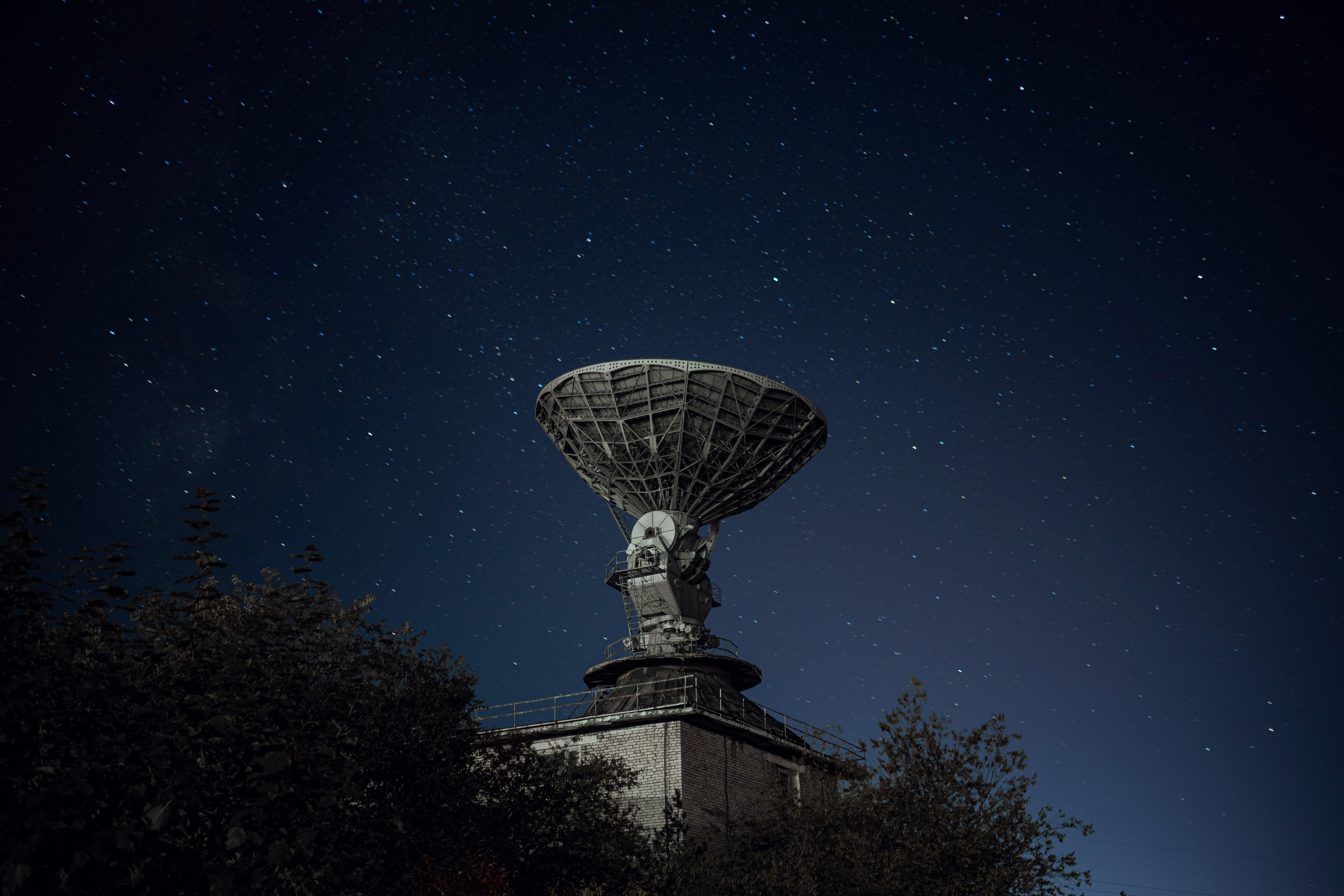When a star explodes in a supernova, its core collapses to become a neutron star, significantly boosting its magnetic field. The magnetic field is multiplied by four when a linear dimension is halved. There is evidence that a dynamic mechanism could convert rotational energy and heat to compelling energy and increase the magnetic fields from its enormous average value of 108 teslas to over 1011 teslas when these parameters of a recently created neutron star fall into the correct ranges, according to Duncan and Thompson (or 1015 gauss). The end product is a magnetic weapon known as a magnetar (Glampedakis et al., 2018). Rather than a neutron star or pulsar, a magnetar is formed in approximately one out of every ten supernova explosions.
There may be accretion on neutron stars in binary systems, making the system more visible in X-rays. The material falling on a neutron star can also create hotspots which can be seen in recognized X-ray pulse systems as they spin in and out of view. Old pulsars may acquire mass and spin up to highly rapid rotation rates by being recycled by such accretion, leading to millisecond pulsars. As these binary systems develop, the partners may become compact objects like dwarf stars or neutron stars. However, alternative options include the companion’s total annihilation via ablation or merging (Tiwari et al., 2018). Binary neutron star fusions may produce short-duration gamma-ray eruptions, which are also probable influential producers of gravitational waves.
References
Glampedakis, K., & Gualtieri, L. (2018). Gravitational waves from single neutron stars: an advanced detector era survey. The Physics and Astrophysics of Neutron Stars, 673-736.
Mills, C., Tiwari, V., & Fairhurst, S. (2018). Localization of binary neutron star mergers with second and third-generation gravitational-wave detectors. Physical Review D, 97(10), 104064.








